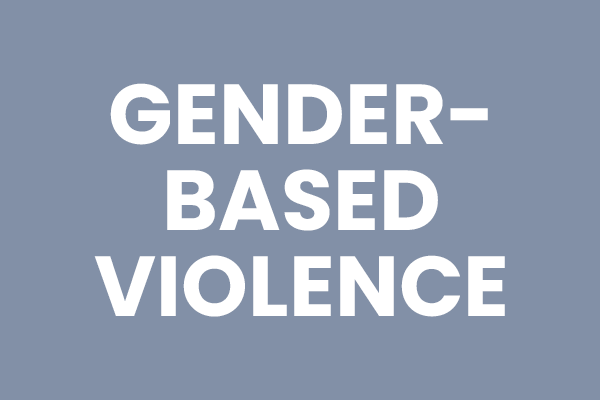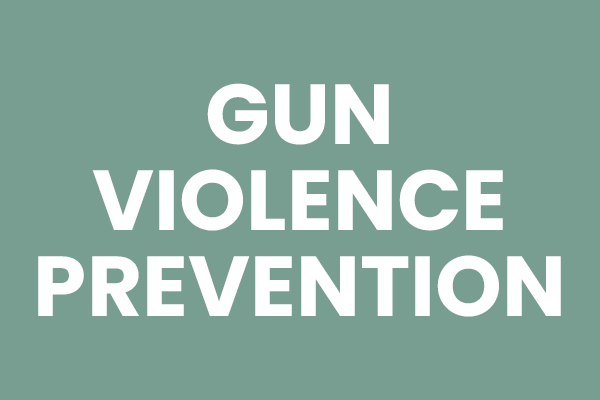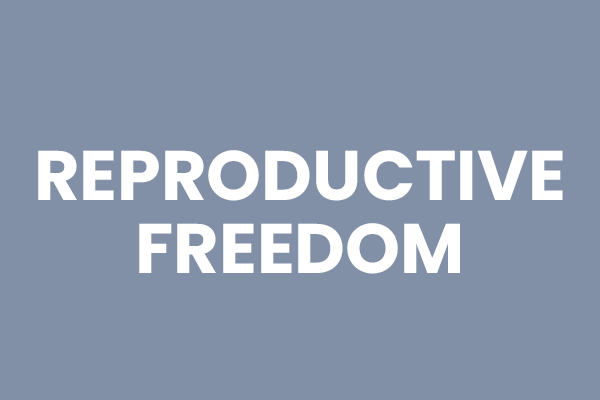Domestic abuse, sexual assault, dating violence, and stalking disproportionately impact women and girls – of all races, religions, sexual orientations, and socioeconomic statuses. Women and girls experience gender-based violence at home, at work, and at school at alarming rates.
More than 1 in 3 women have experienced rape, physical violence, and/or stalking by an intimate partner in their lifetime. Nearly 8 million women are raped, physically assaulted, and/or stalked by a current or former intimate partner each year. Survivors’ needs are urgent and existential. About every 16 hours, a woman is shot and killed by a former or current partner. For far too many women, financial insecurity traps them in abusive relationships and unsafe workplaces. Furthermore, women of color, Native women, and immigrant women face a greater risk of experiencing gender-based violence and increased barriers to accessing safety and services.
Both sexual harassment and sexual violence are prohibited in schools under federal law, but rape and assault are rampant on college campuses. Recent changes to Title IX of the Civil Rights Act under the Trump administration gutted critical protections for survivors and expanded the rights of the accused on campuses across the country. #MeToo helped raise awareness about the importance of strengthening policies that prohibit sexual harassment in schools and the workplace and changing our culture that fosters sexual violence, but much work remains. Especially amidst the COVID-19 pandemic, the incidence and lethality of gender-based violence as well as the complexity of supporting survivors has intensified.
Since 1994, the Violence Against Women Act (VAWA) has funded programs and services to combat the devastating crimes of domestic violence, sexual assault, dating violence, and stalking and support survivors. Congress reauthorized VAWA in March 2022 to expand services and protect survivors, but a significant gap persists.
Additionally, the federal government must fund programs to prevent sexual violence and dating violence in k-12 schools as well as in colleges and universities. Schools must provide prevention education and focus on engaging men and boys as allies to combat gender-based violence. The federal government must also strengthen Title IX regulations to protect survivors. It is imperative that the Department of Education provide guidance to schools on the reforms necessary to prevent and respond to sexual harassment and assault.






